 2015 Lotus Evora 400 Dimensions, Size & Specs
2015 Lotus Evora 400 Dimensions, Size & SpecsMeasurements of the 2015 Lotus Evora 400, engineered for optimal performance and comfort
| Dimensions | |
|---|---|
| Length: | 4394 mm173.0 in14.4 ft |
| Width: | 1845 mm72.6 in6.1 ft |
| Height: | 1229 mm48.4 in4.0 ft |
| Weight Specifications | |
| Curb Weight: | 1415-1422 kg3120-3135 lbs |
| Tire Specifications | |
| Rims Sizes: |
|
| Tire Sizes: |
|
The Lotus Evora 400 is a high-performance coupe produced from 2015 to 2018, representing an evolution in the Evora lineup with enhanced power and refined design. Measuring 4394 mm (173 inches) in length, 1845 mm (72.6 inches) in width, and standing 1229 mm (48.4 inches) tall, the Evora 400 combines a sleek, aerodynamic profile with a compact footprint conducive to agile handling and sporty driving dynamics.
Weighing between 1415 and 1422 kilograms (3122 to 3135 pounds), the Evora 400 balances lightweight engineering typical of Lotus cars with structural rigidity for improved performance and comfort. Its weight contributes to impressive acceleration and cornering capabilities while maintaining manageable driving characteristics.
The Evora 400 comes equipped with large rim sizes of 19 and 20 inches, matching 235/35 R19 tires on the front and 285/30 R20 tires on the rear, enhancing grip and stability during dynamic driving. These tire dimensions provide a wider rear footprint, aiding traction especially under acceleration, a hallmark of rear-wheel-drive sports coupes.
Overall, the Lotus Evora 400 is designed to offer a refined sports car experience featuring an optimized balance between power, precision, and size. Its dimensions make it larger than many traditional Lotus models but still maintain a distinctive presence on the road with a low-slung coupe stance that emphasizes sportiness and aerodynamics. This generation appeals to enthusiasts seeking a track-capable yet practical sports car with a uniquely British design pedigree.
Discover the standout features that make the 2015 Lotus Evora 400 a leader in its class
Have a question? Please check our knowledgebase first.
The Lotus Evora 400 has a length of 4394 mm (173 inches), a width of 1845 mm (72.6 inches), and stands at a height of 1229 mm (48.4 inches). These dimensions give the Evora 400 a sleek, low-slung stance typical of sports coupes. Its relatively wide body enhances road grip and stability during high-speed cornering, while the low height contributes to reduced aerodynamic drag for superior performance. The compact length ensures nimble handling and easier maneuverability in tight spaces compared to larger grand tourers or sports cars.
With a width of 1845 mm (72.6 inches), the Lotus Evora 400 strikes a balance between providing a comfortable cabin for driver and passenger and maintaining sporty handling characteristics. The width allows for adequate shoulder room inside the coupe, but the package is still focused on driver engagement rather than spacious luxury. From a dynamic standpoint, the wide track supported by this width contributes to enhanced lateral stability and cornering precision, key qualities for a sports car engineered around sharp, responsive driving.
The Lotus Evora 400's height of 1229 mm (48.4 inches) is indeed typical for a two-door sports coupe, emphasizing a low center of gravity. This low profile improves handling dynamics by reducing body roll and improving weight distribution. Additionally, the minimal height reduces aerodynamic drag, which can positively impact fuel efficiency and top speed. However, the low height means that ingress and egress might be less convenient than taller vehicles, and headroom may be more limited, highlighting its sports-focused design.
The curb weight of the Lotus Evora 400 ranges between 1415 to 1422 kg (3122 to 3135 lbs). This relatively light weight is a hallmark of Lotus engineering, emphasizing performance and agility. Lightweight construction, including the use of bonded aluminum panels, helps this model achieve impressive handling and acceleration figures. Compared to other sports coupes that can exceed 1500 to 1600 kg, the Evora 400 remains competitive and often lighter, contributing to a more precise driving experience.
Yes, the Lotus Evora 400 can fit comfortably into a standard single-car garage. The typical garage dimensions in many regions accommodate vehicles up to about 6 meters (approximately 20 feet) in length and around 3 meters (10 feet) in width, so the Evora 400, with its length of 4394 mm (173 inches or roughly 14.4 feet) and width of 1845 mm (72.6 inches or approximately 6 feet), fits well within these bounds. Its low height (1229 mm or 48.4 inches) does not typically pose any overhead clearance issues. Owners should, however, consider any additional mirrors, accessories, or storage that may slightly affect usable garage space.
The Lotus Evora 400 sports staggered tire sizes with 235/35 R19 tires on the front axle and wider 285/30 R20 tires at the rear. The narrower front tires provide precise steering feedback and are well-suited for directional control, while the wider rear tires increase rear traction during acceleration and cornering, reducing oversteer tendencies. The combination aids in balanced handling, giving the driver confidence in both tight turns and high-speed stability. Larger rims and low-profile tires also contribute to sharper road feel and aesthetics typical of performance sports cars.
The Lotus Evora 400 is an evolution of the original Evora, introduced with enhancements primarily focused on performance and refinement. Both models share a similar overall size, with the Evora 400 maintaining the approximate dimensions of 4394 mm length and 1845 mm width. However, the Evora 400 achieves a slightly lower curb weight range of 1415 to 1422 kg compared to some earlier models, thanks to lightweight construction and material improvements. This weight reduction, combined with increased power output and chassis tuning, results in sharper handling and better acceleration, making it a more driver-focused variant compared to its predecessor.
When compared to similar mid-engine sports coupes such as the Porsche Cayman, the Lotus Evora 400 is slightly larger with a length of 4394 mm versus the Cayman’s roughly 4380 mm and a wider stance at 1845 mm compared to around 1801 mm for the Cayman. The Evora’s curb weight of approximately 1415-1422 kg is competitive, though the Cayman varies depending on model and options. Performance-wise, the Evora 400 emphasizes lightweight agility and sharp handling with a naturally aspirated V6 producing around 400 horsepower, whereas the Cayman uses turbocharged flat-4 engines in more recent models aiming for a balance between power and refinement. Overall, the Evora 400 offers a purist, raw driving experience, whereas the Cayman tends to blend sporty driving with daily usability.
The Lotus Evora 400 comes with wheel size options of 19 inches on the front and 20 inches on the rear. The 19-inch front rims paired with 235/35 tires and the 20-inch rear rims with 285/30 tires offer an ideal balance between handling precision and ride quality. Larger rims and low-profile tires typically provide better grip and sharper response in corners, which is vital for a performance car like the Evora 400. However, larger wheel sizes can lead to a firmer ride due to reduced tire sidewall height. The staggered setup also ensures optimal front-to-rear balance for handling dynamics.
Produced from 2015 to 2018, the Lotus Evora 400 is a high-performance sports coupe renowned for its lightweight design, exceptional handling, and naturally aspirated 3.5-liter V6 engine delivering around 400 horsepower. It features a more refined interior compared to earlier Evora models, with improved materials and additional driver-focused technologies while retaining Lotus’ philosophy of minimalism and driver engagement. Its bonded aluminum chassis enhances rigidity, contributing to sharp responses on the road. The 400 designation reflects the horsepower output and marks a step forward in terms of performance and refinement over the original Evora, offering a striking balance between everyday usability and track-capable dynamics.
Discover similar sized cars.
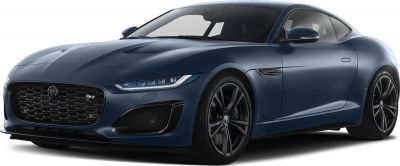
| Production: | 2019-present |
|---|---|
| Model Year: | 2021 |
| Length: | 4470 mm176.0 in |
| Width: | 2042 mm80.4 in |
| Height: | 1311 mm51.6 in |
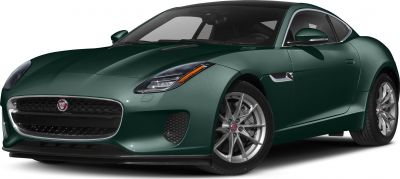
| Production: | 2017-2020 |
|---|---|
| Model Year: | 2017 |
| Length: | 4470-4482 mm176.0-176.5 in |
| Width: | 2042 mm80.4 in |
| Height: | 1314 mm51.7 in |
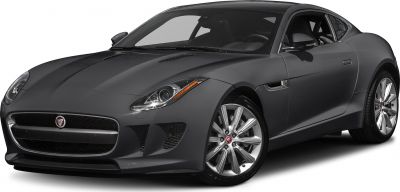
| Production: | 2014-2017 |
|---|---|
| Model Year: | 2014 |
| Length: | 4475 mm176.2 in |
| Width: | 2042 mm80.4 in |
| Height: | 1309-1321 mm51.5-52.0 in |
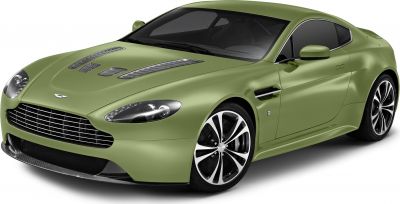
| Production: | 2010-2018 |
|---|---|
| Model Year: | 2011 |
| Length: | 4385 mm172.6 in |
| Width: | 2022 mm79.6 in |
| Height: | 1241-1250 mm48.9-49.2 in |
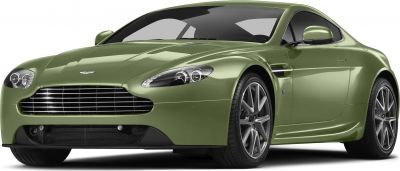
| Production: | 2008-2016 |
|---|---|
| Model Year: | 2008 |
| Length: | 4385 mm172.6 in |
| Width: | 2025 mm79.7 in |
| Height: | 1260 mm49.6 in |
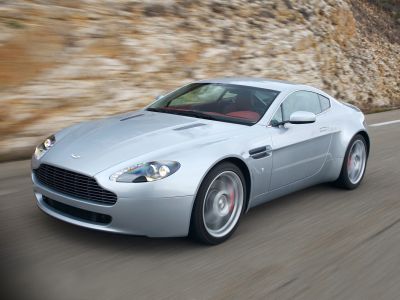
| Production: | 2005-2008 |
|---|---|
| Model Year: | 2005 |
| Length: | 4383 mm172.6 in |
| Width: | 1866 mm73.5 in |
| Height: | 1255 mm49.4 in |
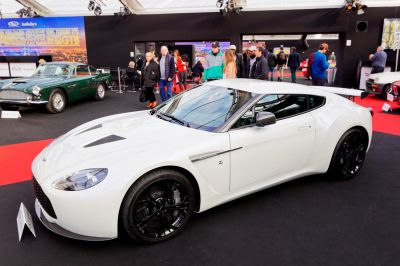
| Production: | 2011-2012 |
|---|---|
| Model Year: | 2011 |
| Length: | 4385 mm172.6 in |
| Width: | 2022 mm79.6 in |
| Height: | 1250 mm49.2 in |
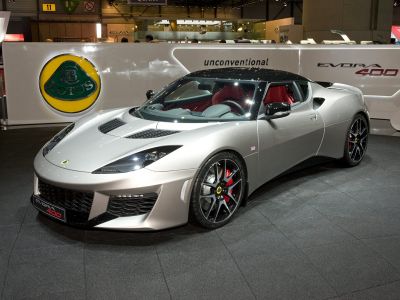
| Production: | 2017-2018 |
|---|---|
| Model Year: | 2017 |
| Length: | 4396 mm173.1 in |
| Width: | 1845 mm72.6 in |
| Height: | 1229 mm48.4 in |
